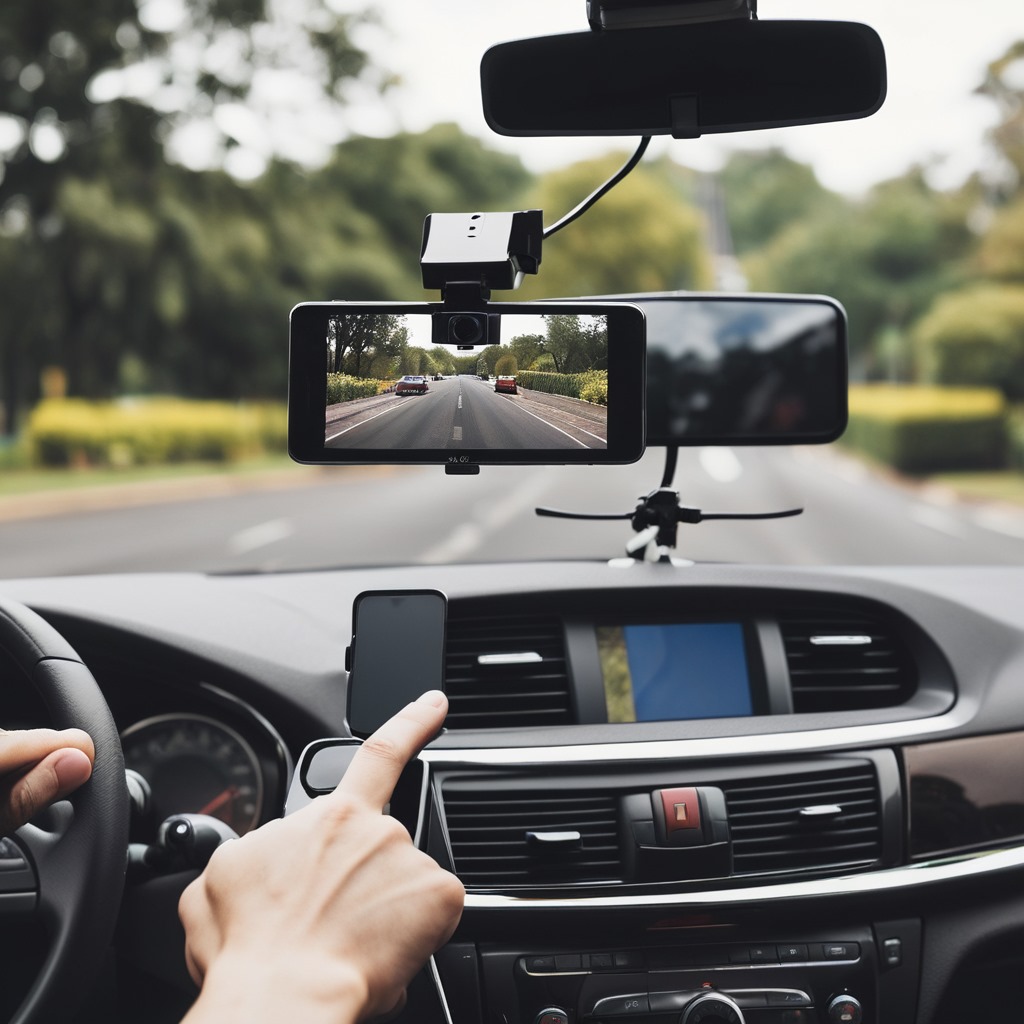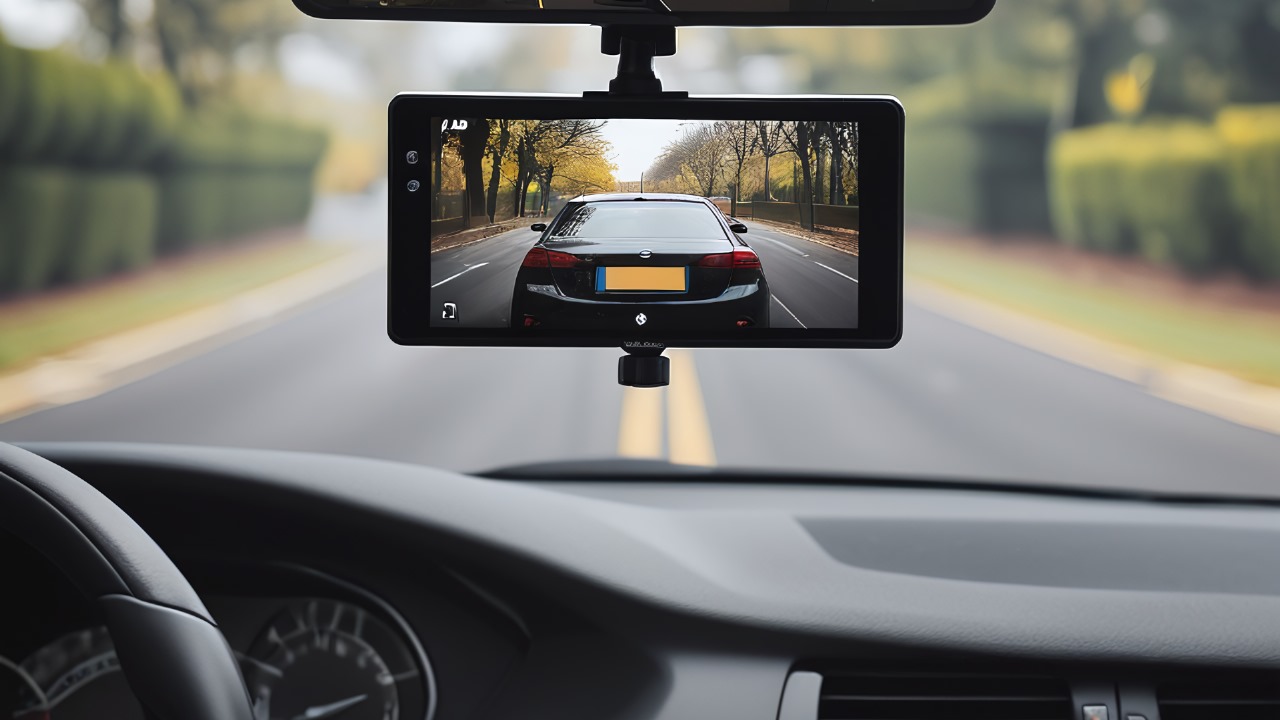Rearview and backup cameras commonly referred to as car reverse cameras are now standard safety equipment in many contemporary cars. By giving drivers a clear view of the area behind the vehicle when reversing, these cameras reduce the risk of accidents and increase general safety. Well explain what car reverse cameras are in this guide and provide advice on which one is best for your particular car.
A Car Reverse Camera: What Is It?
An example of a camera system mounted on the back of a car is a reverse camera which is usually mounted next to the license plate or rear bumper. The camera records an in-car live video feed of the area behind the car and projects it onto an internal screen like the dashboard or rearview mirror. This enables drivers to see objects that might be obscured from view in the rearview mirror such as pedestrians or other vehicles.
Enhancing safety is the main goal of a car reverse camera particularly when backing up in confined spaces parking lots or places with poor visibility. In order to help drivers maneuver safely and prevent collisions reverse cameras provide a clear view of the surroundings behind the vehicle.

How to Select the Best Reverse Camera for Your Car.
Think about the following aspects to guarantee top functionality and performance when choosing a car reverse camera for your car:
Camera Quality: Seek for a wide-angle high-resolution reverse camera. A wide-angle lens guarantees a thorough view of the surrounding area in back and a camera with the higher resolution will produce sharper images.
Choose a reverse camera with low-light or night vision capabilities: This feature is necessary for visibility in low-light or dark environments such as driving at night or parking in poorly lit spaces.
Reverse cameras that are both waterproof and robust should be chosen: They should be able to tolerate weather conditions. Longevity and dependable performance are ensured by a robust cameras ability to tolerate weather conditions like rain snow and dust. Verify the reverse cameras compatibility with the make and model of your car. While some cameras are universal and can be installed on a wide range of vehicles others are made specifically for certain car brands or models.
Display Screen: Take into account the vehicles display screens dimensions and location. Select a screen size that allows clear visibility without interfering with the drivers field of vision. To make it easy to view while driving the display should be placed in a convenient spot. Bluetooth versus.
Decide if a wired or wireless reverse camera system is what youd prefer: Since they dont need cables to be run through the car wireless cameras can be simpler to install but may be more susceptible to interference or signal loss. Although their installation is more complicated wired cameras provide a more reliable connection. Look for extra features like motion detection parking guidelines or integration with other car systems like navigation or parking sensors. Usability and functionality may be improved by these features.
Installation and Configuration: Think about if you want to hire a pro installer or do the reverse camera installation yourself. To guarantee correct operation and calibration install and set up according to the manufacturer’s instructions.
The greatest car reverse camera system that satisfies your needs for convenience safety and overall driving experience can be chosen by taking these things into account and going with a reliable brand or manufacturer. To guarantee peak performance and dependability regular testing and maintenance of the camera system are also advised.
In Conclusion.
An automobile reverse cameras are useful safety equipment that give drivers an unobstructed view of their surroundings when they are reversing. You can increase safety avoid accidents and have a better driving experience by selecting the best reverse camera system for your car and adhering to installation and maintenance instructions.

Leave a Reply